Why does an olive branch mean peace?
The ancient origins of worldwide symbol of reconciliation
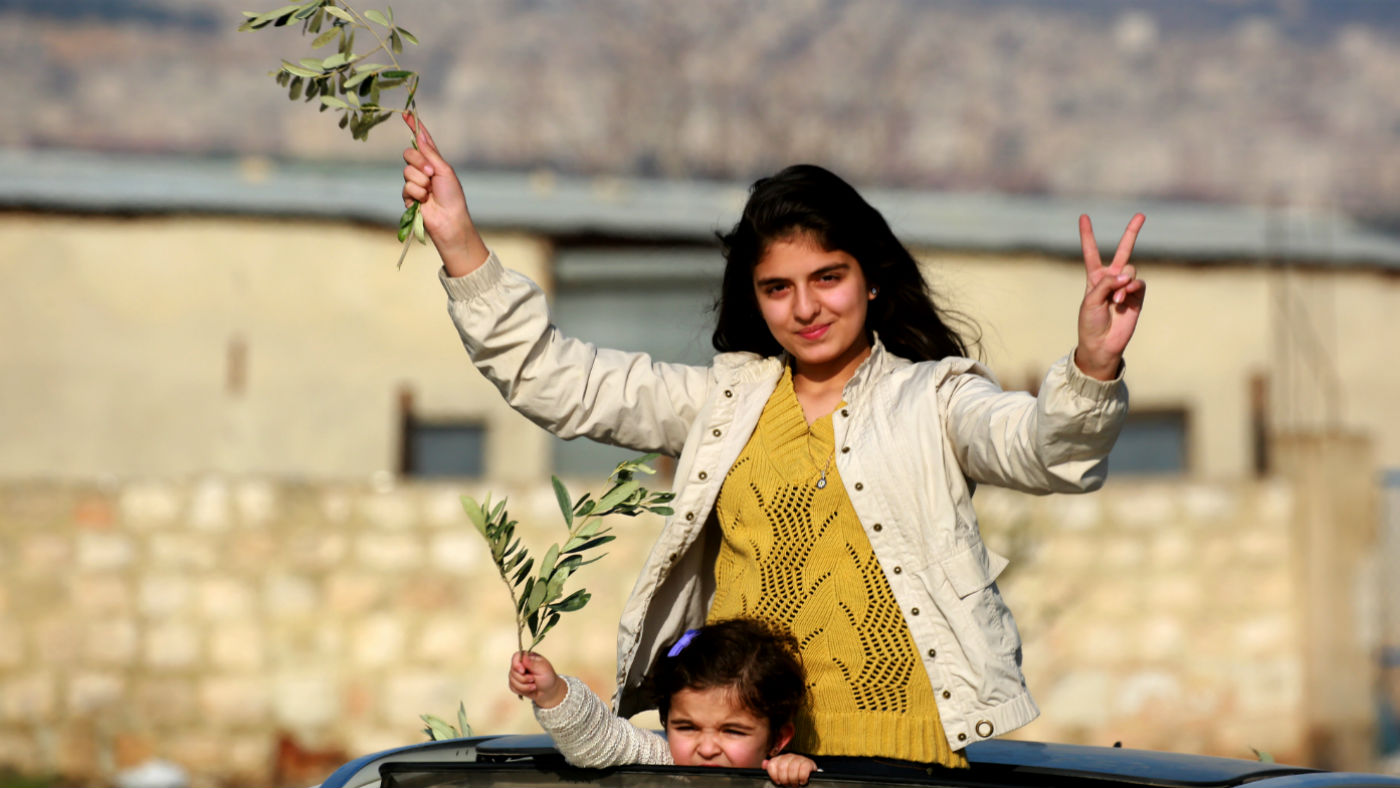
Along with white dove and the V-sign, an olive branch is one of our most enduring symbols for peace.
In fact, an Ancient Roman transported to the 21st century would instantly understand the meaning of the literal olive branch that Katy Perry recently sent fellow pop star Taylor Swift to offer an end to their much-publicised feud.
So what is the connection?
The Week
Escape your echo chamber. Get the facts behind the news, plus analysis from multiple perspectives.

Sign up for The Week's Free Newsletters
From our morning news briefing to a weekly Good News Newsletter, get the best of The Week delivered directly to your inbox.
From our morning news briefing to a weekly Good News Newsletter, get the best of The Week delivered directly to your inbox.
Like many traditional emblems, the association has classical roots. Olives held a wide array of meanings to the ancient peoples of the Mediterranean, where the trees can be seen on almost every hillside.
Winners at the Ancient Greek Olympic games were crowned with olive wreaths, and olive trees featured in several Greek myths. In one, the goddess Athena became the patron of the region of Attica after planting an olive tree there as a symbol of peace and prosperity.
Other Ancient Mediterranean cultures used the olive branch as a metaphor for peace. Pax, the Roman goddess of peace, was frequently depicted holding an olive branch, as was her Greek counterpart, Eirene.
The image has endured into modern times partly because of its use in the Bible, most notably in the tale of Noah, when a dove bearing a twig from an olive tree signals the end of the 40-day flood.
A free daily email with the biggest news stories of the day – and the best features from TheWeek.com
In Christian theology, the flood and the olive branch respectively represent “the judgement that must befall all rebels while also representing the salvation that can be theirs”, writes Christian author Tim Challies.
“During the 1600s, it became fashionable for poets and artists to use the olive branch,” says The New York Times. It later took on a political significance in the American independence movement as a symbol of the patriots’ desire for a peaceful separation from Great Britain.
A close-up look at the bald eagle on the Great Seal of the US, which appears on government documents and on the one-dollar bill, shows that the bird is clasping an olive branch in its right talon, while the more warlike left talon holds a brace of arrows.
In the modern era, the UN signals its commitment to peacekeeping on its blue and white flag, which shows a map of the world encircled by twin olive branches.
-
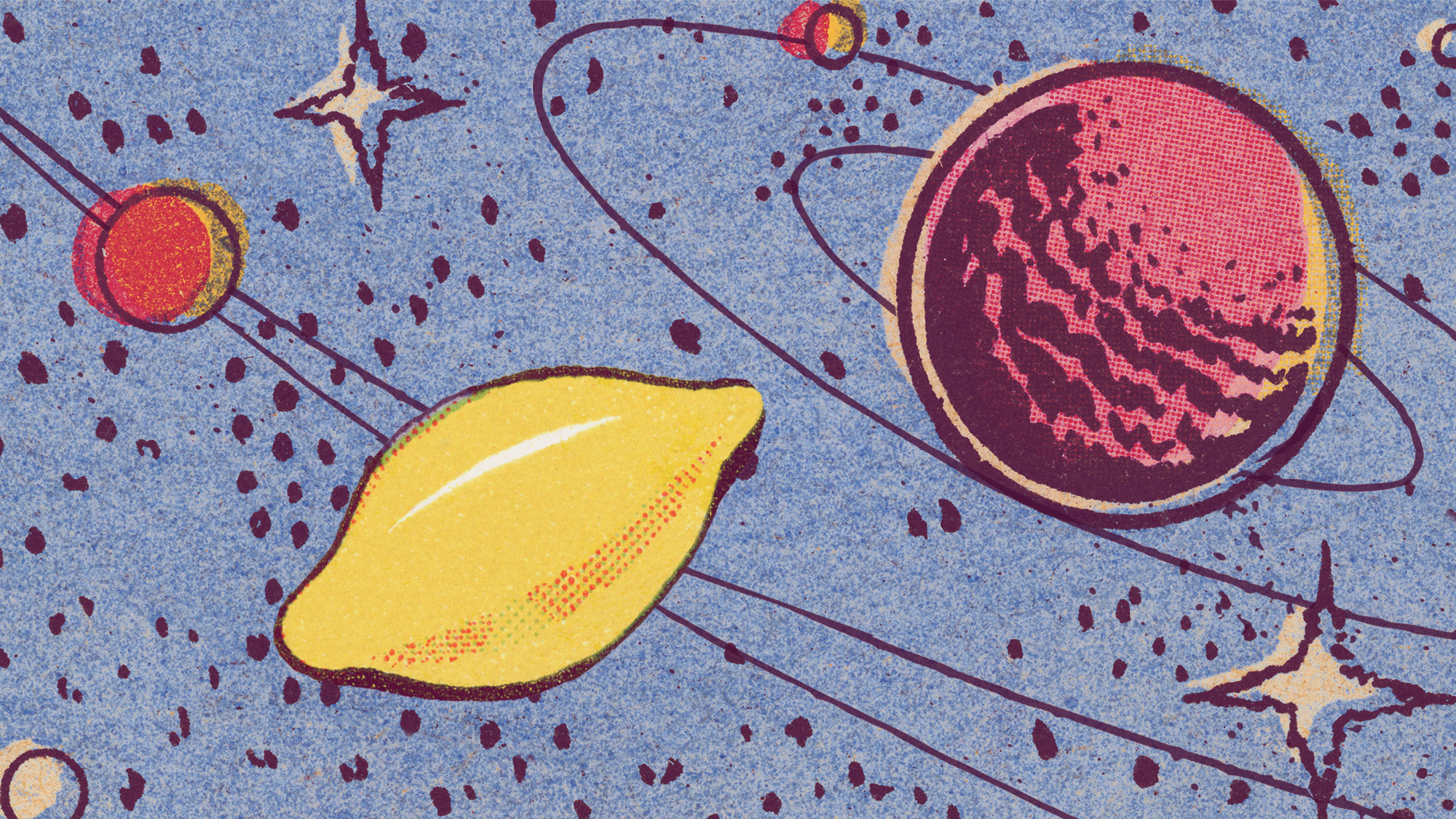 A lemon-shaped exoplanet is squeezing what we know about planet formation
A lemon-shaped exoplanet is squeezing what we know about planet formationUnder the radar It may be made from a former star
-
 Political cartoons for January 4
Political cartoons for January 4Cartoons Sunday's political cartoons include a resolution to learn a new language, and new names in Hades and on battleships
-
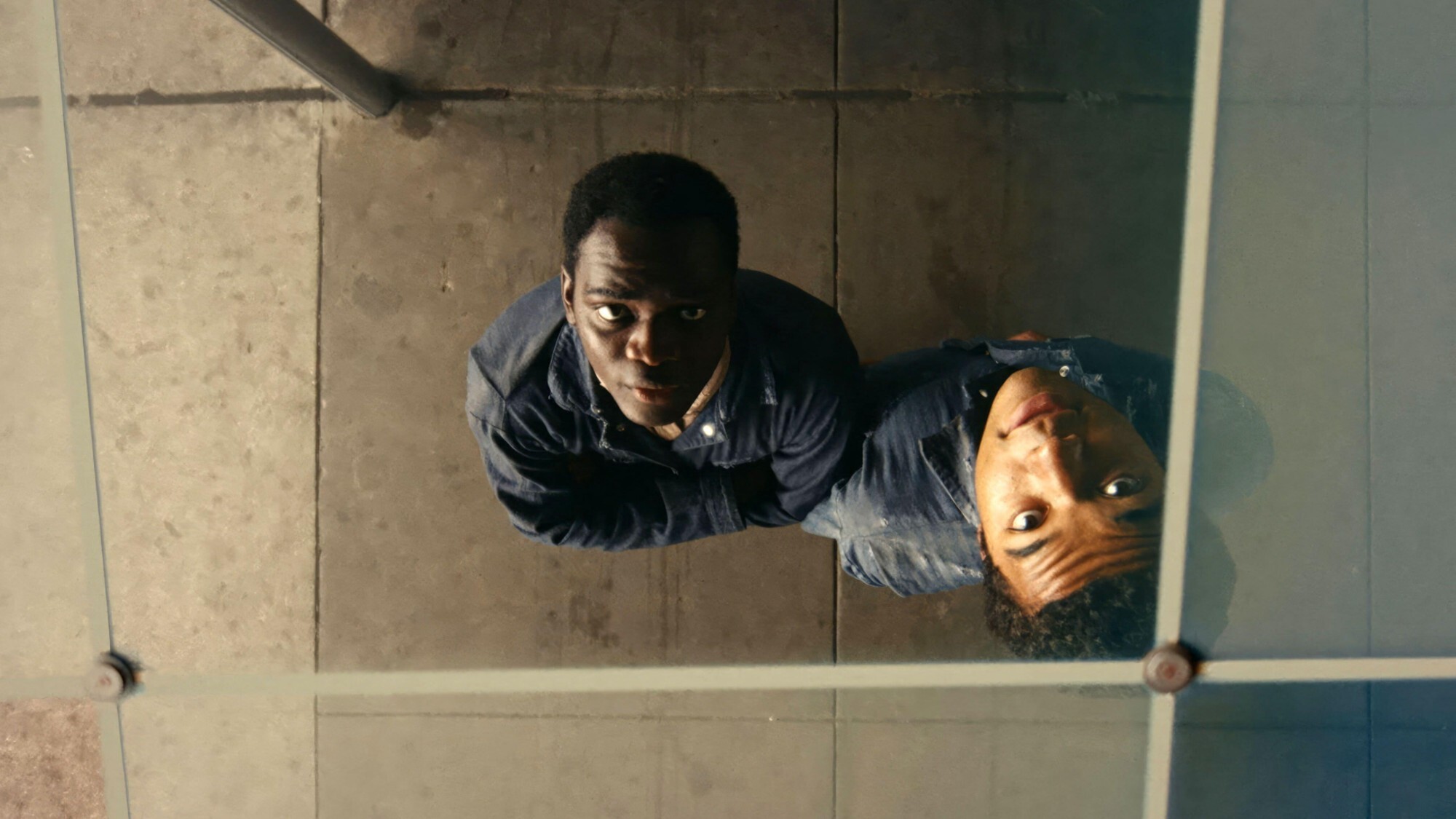 The ultimate films of 2025 by genre
The ultimate films of 2025 by genreThe Week Recommends From comedies to thrillers, documentaries to animations, 2025 featured some unforgettable film moments
-
 How Bulgaria’s government fell amid mass protests
How Bulgaria’s government fell amid mass protestsThe Explainer The country’s prime minister resigned as part of the fallout
-
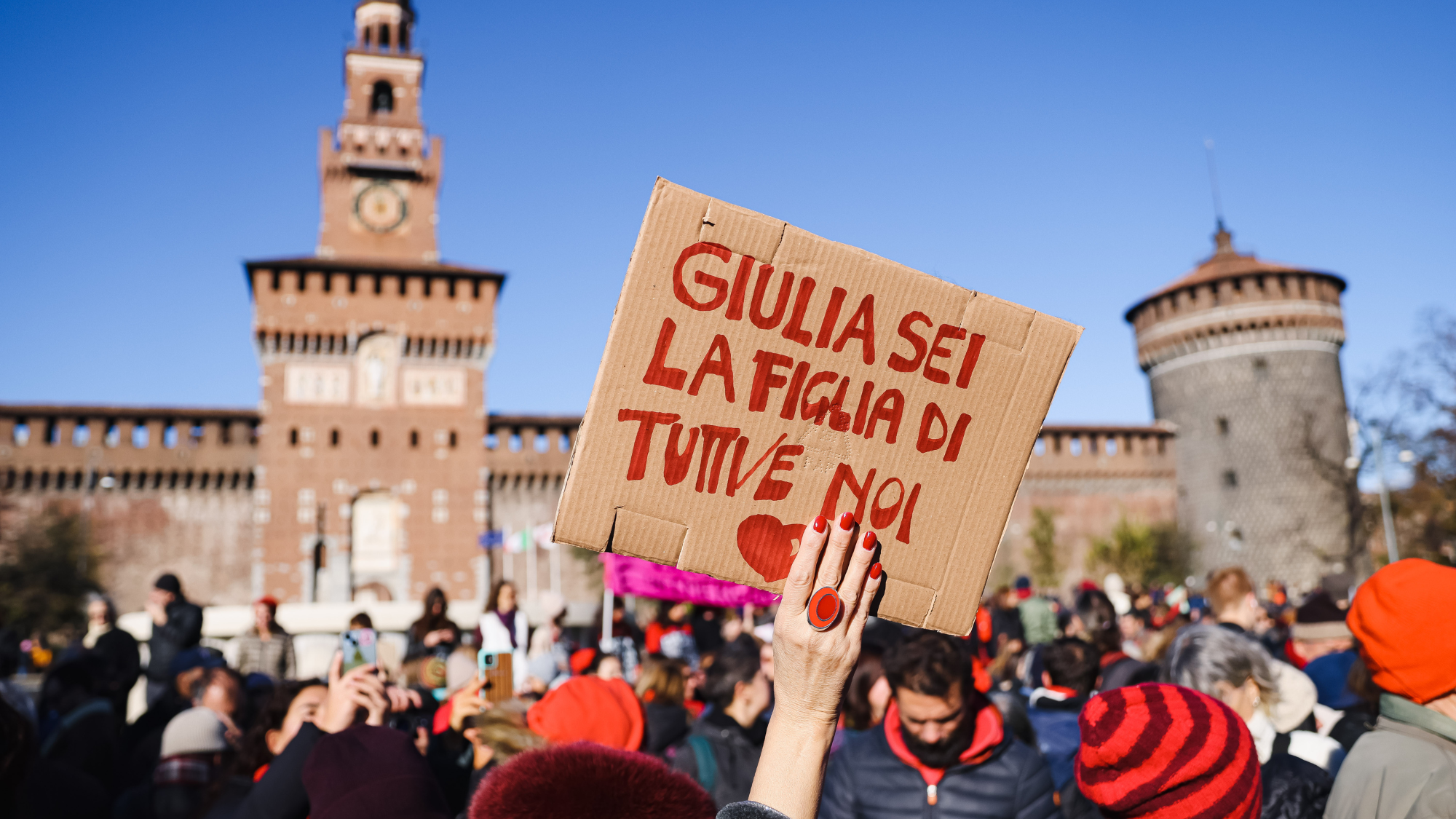 Femicide: Italy’s newest crime
Femicide: Italy’s newest crimeThe Explainer Landmark law to criminalise murder of a woman as an ‘act of hatred’ or ‘subjugation’ but critics say Italy is still deeply patriarchal
-
 Brazil’s Bolsonaro behind bars after appeals run out
Brazil’s Bolsonaro behind bars after appeals run outSpeed Read He will serve 27 years in prison
-
 Americans traveling abroad face renewed criticism in the Trump era
Americans traveling abroad face renewed criticism in the Trump eraThe Explainer Some of Trump’s behavior has Americans being questioned
-
 Nigeria confused by Trump invasion threat
Nigeria confused by Trump invasion threatSpeed Read Trump has claimed the country is persecuting Christians
-
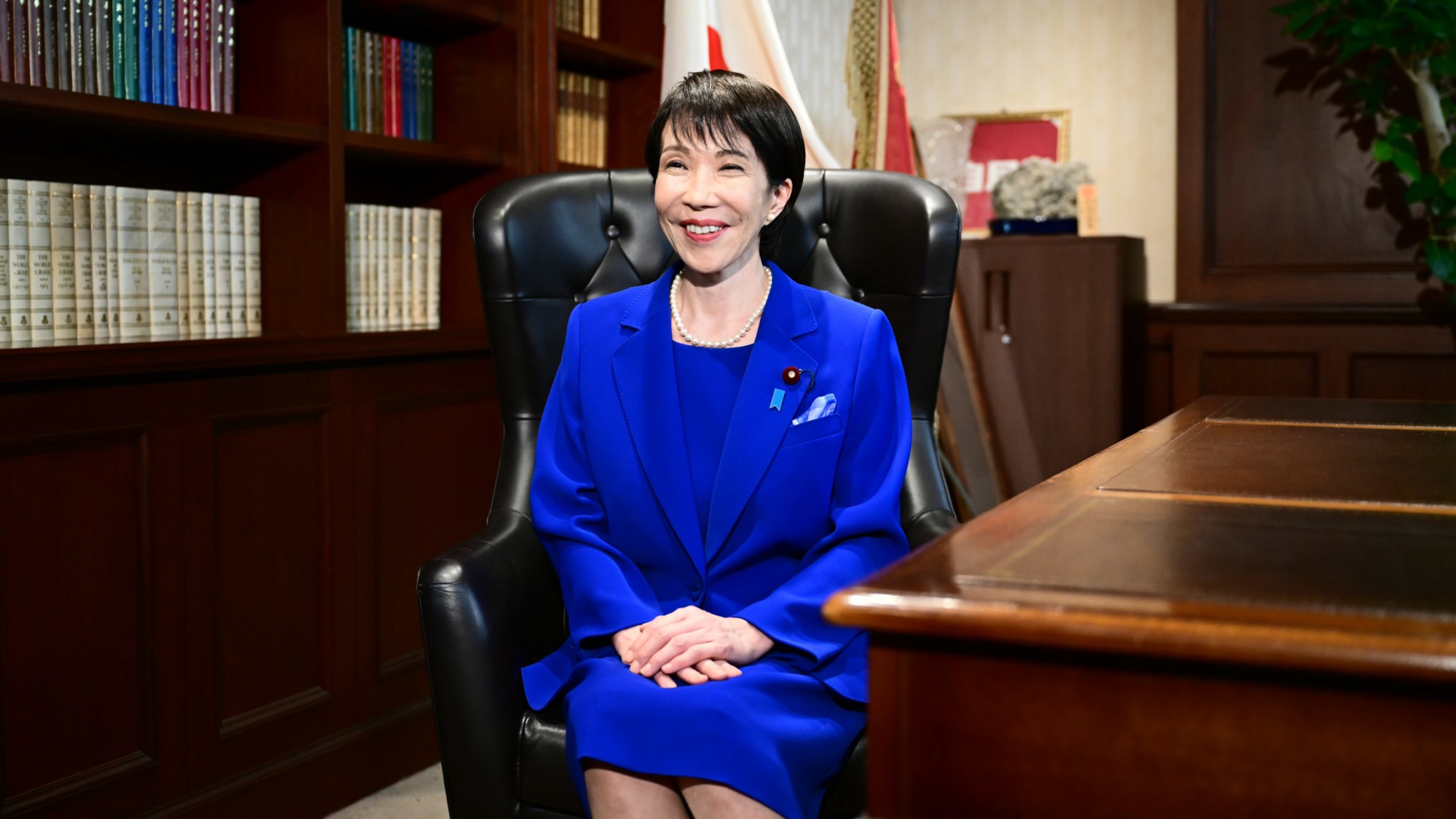 Sanae Takaichi: Japan’s Iron Lady set to be the country’s first woman prime minister
Sanae Takaichi: Japan’s Iron Lady set to be the country’s first woman prime ministerIn the Spotlight Takaichi is a member of Japan’s conservative, nationalist Liberal Democratic Party
-
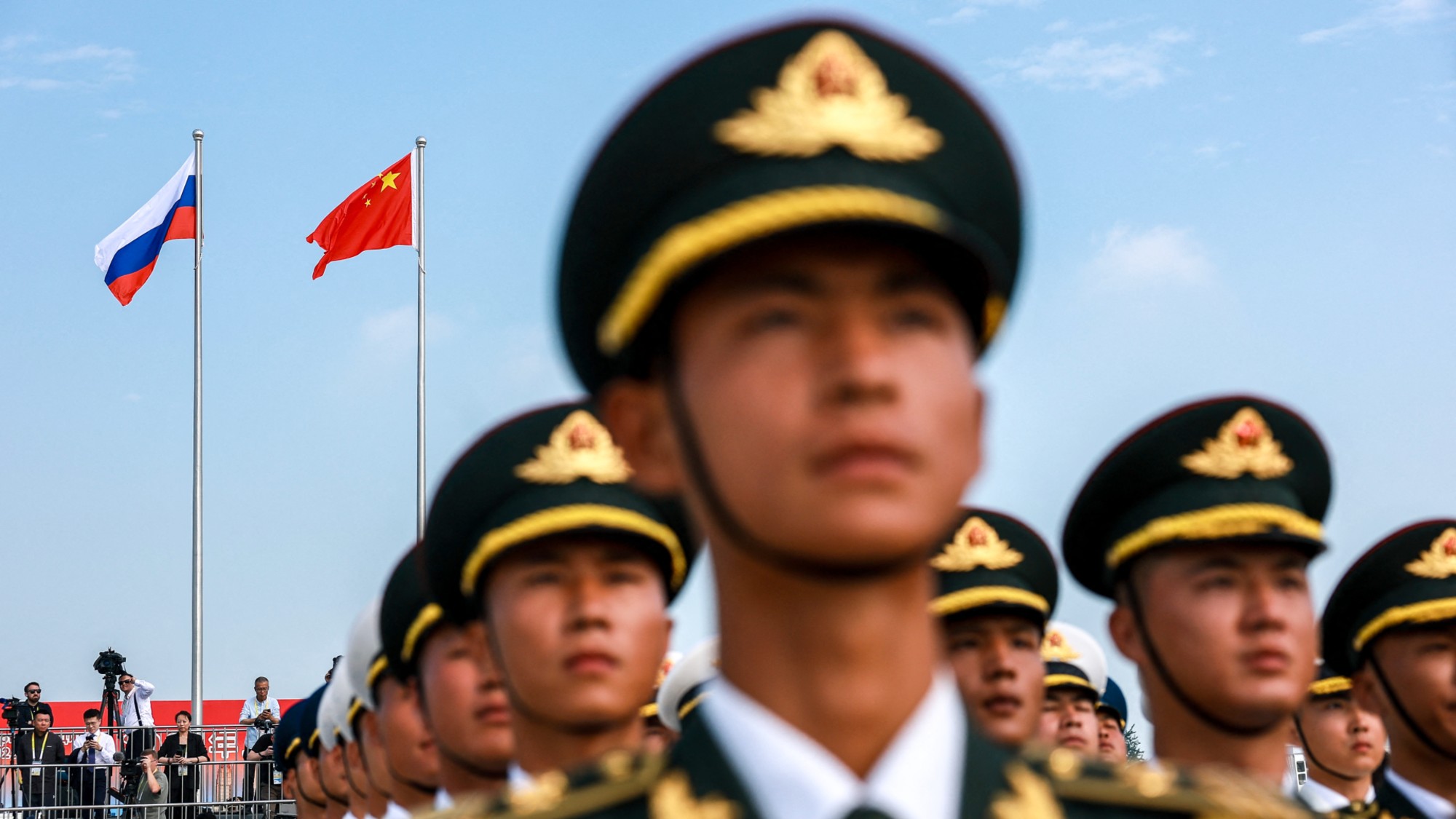 Russia is ‘helping China’ prepare for an invasion of Taiwan
Russia is ‘helping China’ prepare for an invasion of TaiwanIn the Spotlight Russia is reportedly allowing China access to military training
-
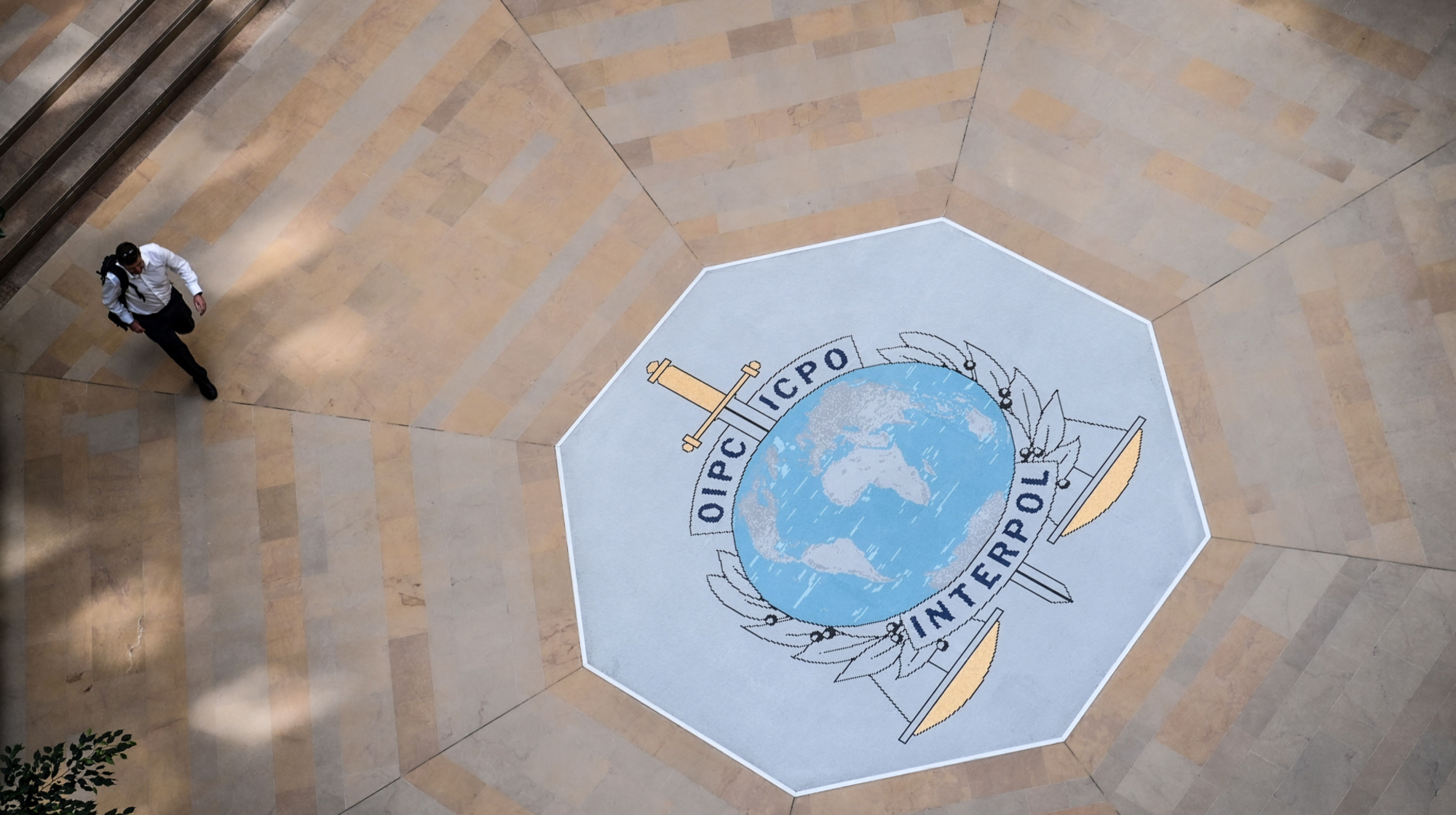 Interpol arrests hundreds in Africa-wide sextortion crackdown
Interpol arrests hundreds in Africa-wide sextortion crackdownIN THE SPOTLIGHT A series of stings disrupts major cybercrime operations as law enforcement estimates millions in losses from schemes designed to prey on lonely users